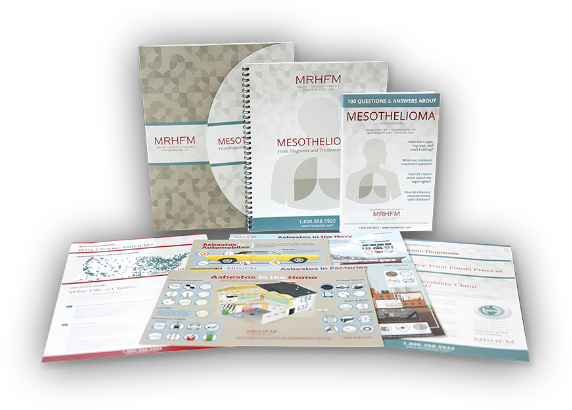A new study says a simple breath test could screen for malignant pleural mesothelioma (MPM). In the cross-sectional study published just months ago, researchers say breath and background samples from 64 subjects were analyzed with both chromatography-mass spectrometry (GC-MS) and an electronic nose (eNose). GC-MS was used to distinguish asbestos-exposed individuals from MPM patients “with 97% accuracy, with diethyl ether, limonene, nonanal, methylcyclopentane and cyclohexane as important volatile organic compounds (VOCs),” say the researchers. “This was validated by eNose analysis.”
MPM patients “were discriminated from asbestos-exposed and patients with benign asbestos-related diseases by GC-MS and eNose with 94% and 74% accuracy, respectively. The sensitivity, specificity, positive and negative predictive values were 100%, 91%, 82%, 100% for GC-MS and 82%, 55%, 82%, 55% for eNose, respectively.”
The study concluded that “GC-MS and eNose analysis allowed to discriminate MPM persons from asymptomatic, former asbestos-exposed persons at risk for MPM with great accuracy. The VOCs diethyl ether, methylcyclopentane, nonanal, limonene, cyclohexane, VOC IK 1287 and isothiocyanatocyclohexane were identified as promising biomarkers for MPM. These data provide the proof-of-principle for future screening of persons at risk for MPM as a step-up tool in its diagnosis, making it less-invasive for the patient.”
The researchers also wrote, “considering that occupationally asbestos-exposed persons have a lifetime increased risk for MPM and the latter is a lethal condition with a late-onset development, early detection is of utter importance to improve the disease’s management.”
Today, several other tests could also help detect mesothelioma sooner. The American Cancer Society says in recent years, doctors have found that people with mesothelioma often have high levels of certain substances in their blood, including osteopontin and soluble mesothelin-related peptides (SMRPs). Blood tests for these substances may one day be useful in finding mesotheliomas early, as well as for monitoring the course of the disease in people who have mesothelioma.
For people with known exposure to asbestos, doctors currently recommend imaging tests such as chest x-rays or computed tomography (CT) scans to look for changes in the lungs that might be signs of mesothelioma or lung cancer.
If you have been exposed to asbestos, see your doctor right away. There is no cure for mesothelioma, however, early detection is possible and could lead to better outcomes.
Sources
"Can Malignant Mesothelioma Be Found Early?" American Cancer Society. American Cancer Society, Inc., 2017. Web. 02 Jan. 2018.
Lamote, Kevin, Paul Brinkman, and Lore Vandermeersch. "Breath Analysis by Gas Chromatography-mass Spectrometry and Electronic Nose to Screen for Pleural Mesothelioma: A Cross-sectional Case-control Study." Oncotarget. Impact Journals LLC, 31 Oct. 2017. Web. 02 Jan. 2018.






